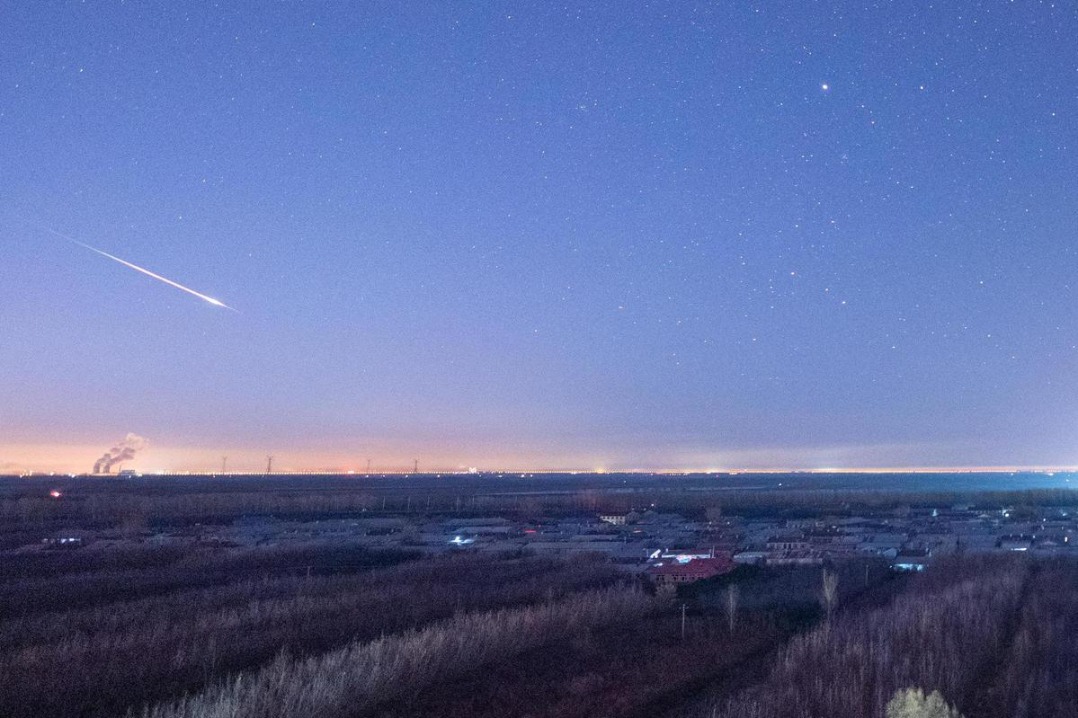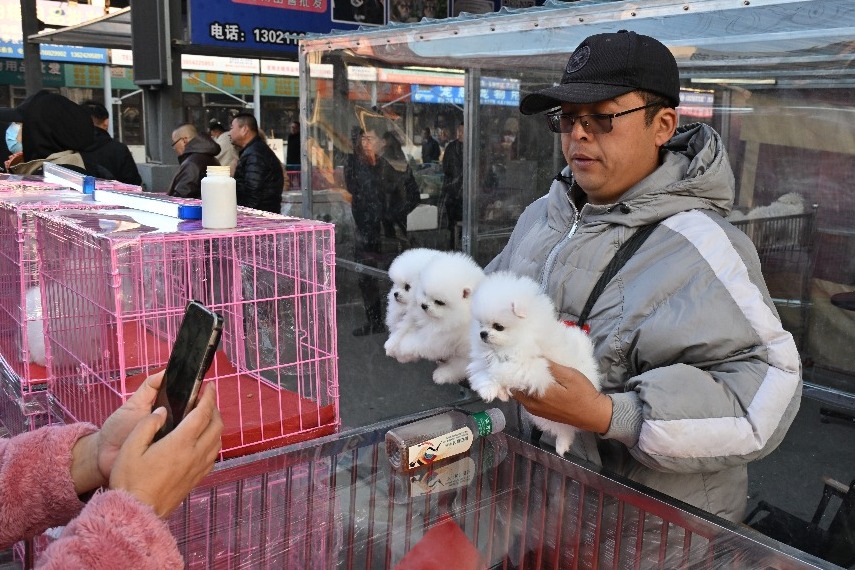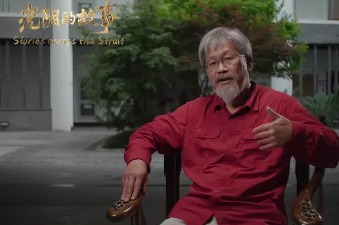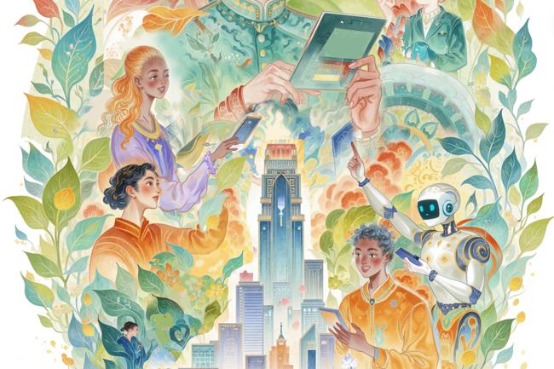Zhangjiagang - a rising city on Yangtze River

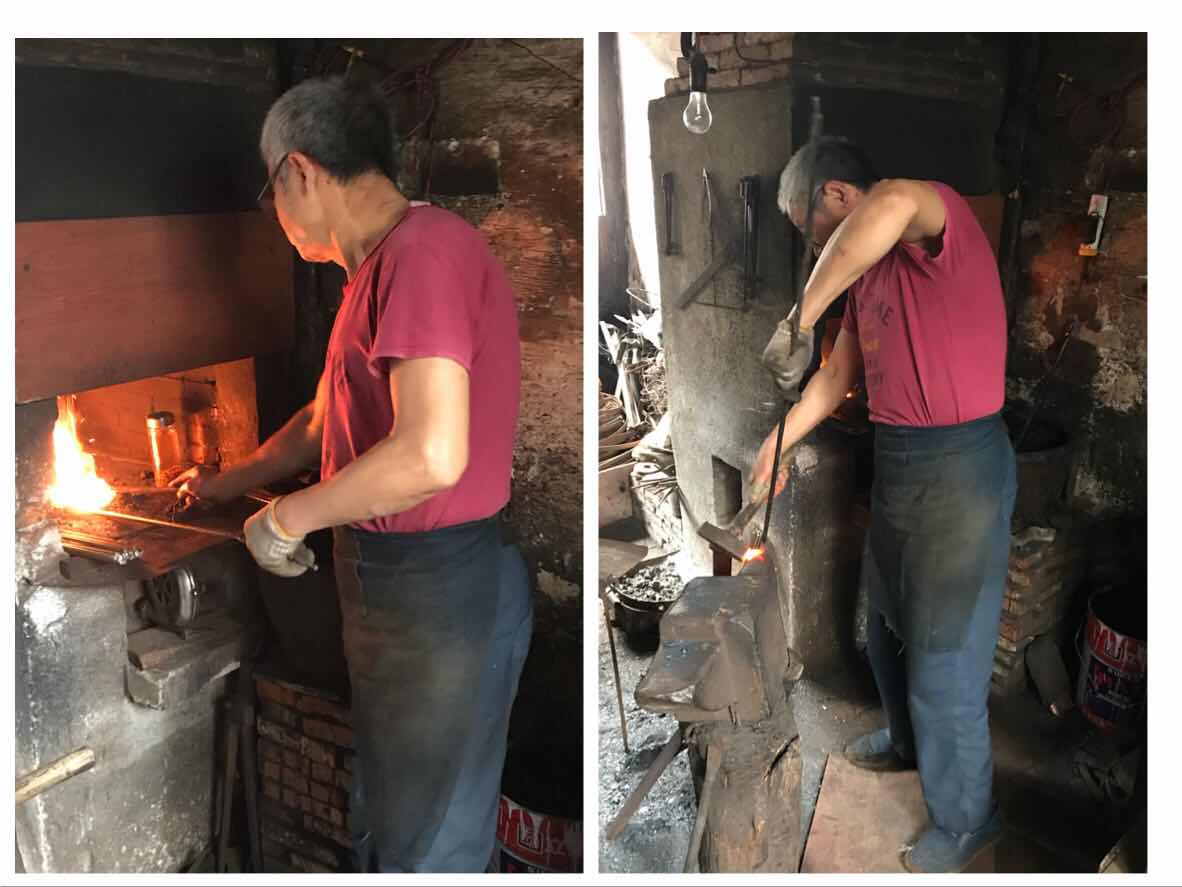
During the stay in Zhangjiagang there were opportunities to visit several tourist-related projects, usually featuring interaction with water while incorporating traditional local architectural styles. At Fenghuang Town, an area laced by canals, there was located the Heyang Folk Song Museum. It featured the story of the lower Yangzi region’s traditional music including in an iconic teahouse some colorful performances by local ladies wearing the traditional blue patterned clothes of rural people.
As a reminder of the area’s agricultural past, the Jiangnan Farming Cultural Park focused on the agricultural traditions of this region of water-towns. There was the opportunity to lunch over local farm and aquatic produce. By this time I was feeling that the area around Zhangjiagang had so much to offer that a future return visit may be useful.
For me personally, a high point for photography lay along the Tianzhuang Old Street, one of the top cultural heritages around Zhangjiagang. Unlike attempts often seen to recreate the past, this street was real and quite amazing. It dated back to both the Ming (1368-1644) and Qing (1644-1911) dynasties. Close to the alley’s arched gateway is the grand Yang Family Mansion, representing how a local family rose to prosperity. The stone-paved village passageway where buildings back onto a canal represented the epitome of a Suzhou-area water-town. Buildings again featured mainly white walls and cyan bricks. Every structure held attractions as though from a bygone age. Rooms opening out onto the street revealed villagers producing, for example, dofu that visitors could sit down to sample, to enjoy. Outside a small bakery a cheerful lady carried a tray of freshly-baked round snacks. Utterly fascinating was a small metal workshop where two men worked with a traditional fire to heat rods that would then be hammered into shape. This in particular proved a top location for photography - capturing images of local people in what were everyday settings. Indeed so many seemed delighted to be caught by my camera.
At the end of the alley an arched bridge spans Anjing River - looking beyond, a small quay remains where boats once loaded or unloaded cargoes. Stretching back along the river many houses had steps leading directly down to the waters - just like what I remembered from the older alleys of Suzhou in 1996. I was informed that around Zhangjiagang there remain several historic villages such as I discovered at Tianzhuang.
















